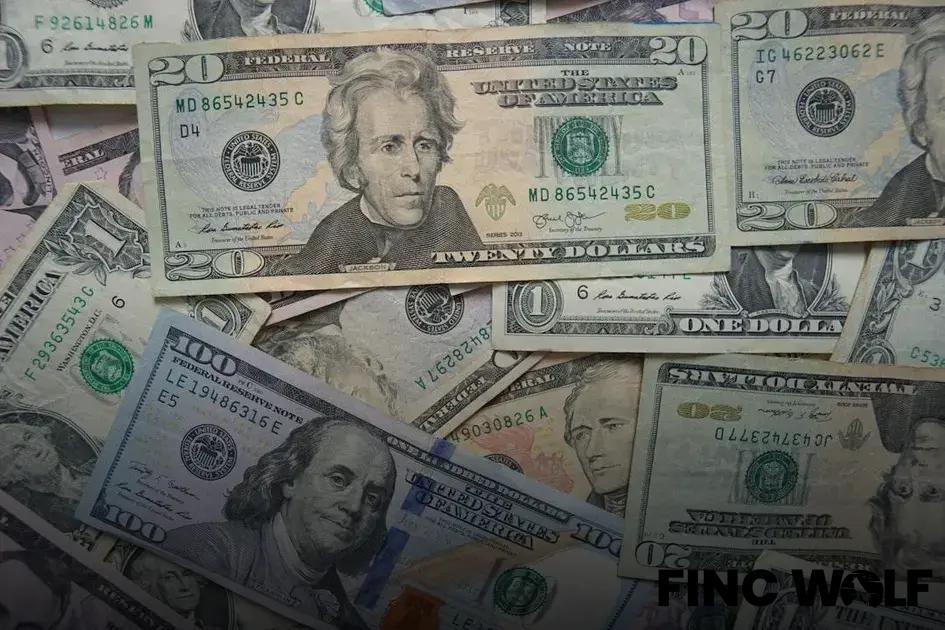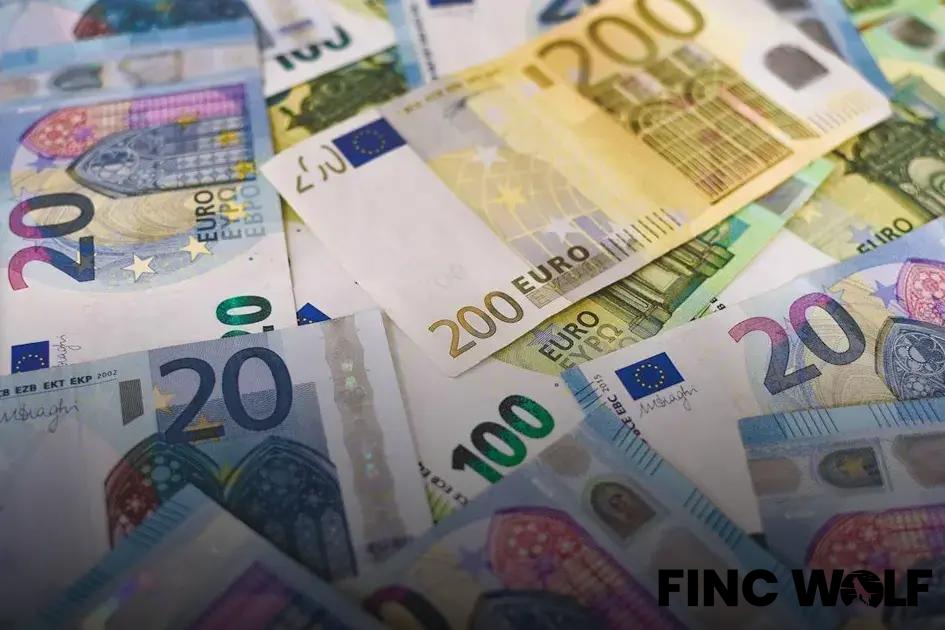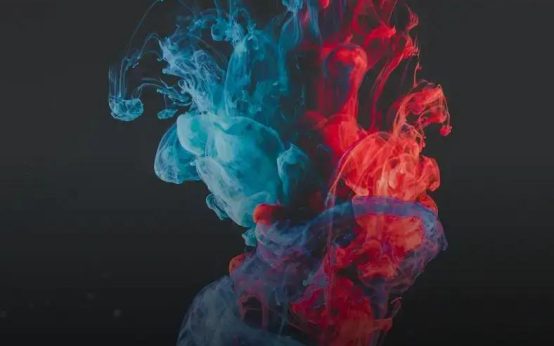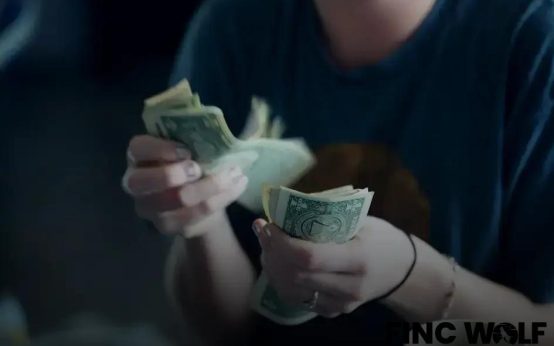NFTs, or Non-Fungible Tokens, have begun to transcend the realm of digital art, finding innovative applications in various industries. From gaming to virtual reality, NFTs are redefining ownership and access in the digital age. This transformation is reshaping how creators and consumers interact with their assets, marking a pivotal evolution beyond mere collectibles. As we explore further, these tokens offer exciting avenues for future development beyond what we traditionally associate with NFTs.
The Rise of NFTs in Gaming
NFTs, or Non-Fungible Tokens, have become a game-changer in the gaming industry. While initially renowned for their role in digital art, NFTs in gaming are pushing boundaries and opening new avenues for players and developers alike.
In recent times, games have started integrating NFTs to provide unique, ownable in-game assets. This era marks the advent of digital scarcity, where in-game items such as weapons, skins, or even characters can be truly owned, traded, or sold by players, creating a vibrant secondary market.
By leveraging blockchain technology, NFTs ensure authenticity and provenance, allowing gamers to have verifiable ownership of their digital belongings. This transition is pioneering new economic models within games, where players can earn real value and rewards.
Moreover, gaming companies are exploring meta-universes — interconnected virtual worlds where assets can traverse different games or platforms. Imagine owning an NFT sword in one game that you can bring into another universe.
The implications of NFTs in gaming are vast. Players are no longer just consumers; they become stakeholders in the ecosystems they engage with, promoting investment and deeper engagement. Developers, on the other hand, can benefit from new revenue streams by creating NFTs tied to special in-game experiences or items.
This dynamic evolution signals a monumental shift in how we perceive digital content ownership in gaming, heralding a future ripe with possibilities.
NFTs and the Music Industry

NFTs are transforming the music industry by offering artists new ways to monetize their work and engage with fans. Unlike traditional revenue streams like streaming services, which often provide meager earnings, NFTs empower musicians to sell unique digital assets directly to their audience.
This new model enables artists to release exclusive tracks, album artwork, or behind-the-scenes content as NFTs, granting fans a sense of ownership and exclusive access. Fans can purchase a limited edition release, knowing they hold a unique piece of the artist’s work, possibly with embedded perks like concert tickets or meet-and-greet opportunities.
The potential for NFTs in the music industry extends further into royalty distribution. Smart contracts can automate royalty payments, ensuring that artists receive their due share instantly whenever their music is sold or resold. This transparency and efficiency reduce the reliance on intermediaries, leveling the playing field for independent musicians.
Major artists and emerging bands alike are already experimenting with NFTs, seeing them as a way to reclaim control over their creative output. As NFTs become more mainstream, their impact on the music industry could parallel their success in digital art, providing exciting opportunities for both artists and their audiences.
Real-World Assets as NFTs
NFTs, previously associated mainly with digital art, are now branching out into the realm of physical assets, turning real-world objects into tokenized assets on the blockchain. This process ensures unique ownership rights, verified and then made transferable within a decentralized ecosystem.
Real estate, for instance, is experiencing a transformation where properties can be represented as NFTs, allowing fractional ownership and more accessible transactions. This innovation reduces traditional barriers, such as intermediaries, making the real estate market more open and efficient.
Collectibles, including rare wine, luxury watches, and even cars, are also becoming NFTs. Each NFT represents authentic ownership and provenance, providing both collectors and investors a secure way to hold and trade rare items. This integration of physical assets with blockchain technology enhances transparency and reduces the risk of counterfeit products.
Furthermore, publications and patents can be minted as NFTs, offering creators a way to directly monetize their intellectual properties. This shift empowers individuals and encourages innovation by providing clear proof of ownership and streamlined royalty management via smart contracts.
As NFTs continue to evolve, the application to real-world assets signifies a profound shift, enabling broader adoption and forging a new path for ownership and investment opportunities.
NFTs in Virtual Reality

NFTs in Virtual Reality are opening up exciting new possibilities for digital ownership and interaction. Within virtual worlds, NFTs can represent a wide range of digital assets, from virtual real estate to unique items that enhance experiences. Virtual Reality (VR) environments offer users immersive experiences, and NFTs provide permanent ownership and uniqueness of in-world items.
As VR grows, so does the potential for NFTs to become integral components of these environments. Imagine owning a virtual art gallery where each piece is a unique NFT, or attending a VR concert where NFT-based tickets provide exclusive access. This fusion of technology not only changes how we interact with digital environments but also how we perceive ownership in these spaces.
Interoperability is a crucial aspect of NFTs in VR. Digital assets can move between different VR platforms, creating a unified digital economy. Moreover, the integration of blockchain technology ensures secure transactions, making NFTs a trusted commodity in virtual spaces.
Creators can leverage VR to enhance their NFT offerings, providing deeper experiences for collectors. Artists, game developers, and brands can design intricate worlds where each element contributes to a broader NFT ecosystem.
With continued advancements in VR technology and growing interest in digital assets, NFTs in Virtual Reality are set to become a cornerstone of the next iteration of the internet—an expansive, interconnected, and deeply immersive metaverse.
Future Trends for NFTs
As the world of NFTs continues to expand, new trends are emerging that could redefine how these digital assets are used. Beyond the realm of digital art, NFTs are increasingly being utilized in innovative ways. Interoperability between different blockchain platforms is one such trend, allowing NFTs to move seamlessly across various ecosystems, thereby increasing their utility and reach. This development will likely encourage more widespread adoption.
Moreover, NFTs are poised to become more integrated into social media. We’re seeing platforms begin to support NFTs, making it easier for users to showcase their digital collectibles. This could enhance social interactions and provide new monetization opportunities for content creators.
Another emerging trend involves the use of environment-friendly NFTs. As the environmental impact of digital currencies becomes a concern, technologies such as proof-of-stake are being explored to create more sustainable solutions for minting NFTs. Meanwhile, expect to see NFTs becoming a vital component of the metaverse. As virtual worlds grow, NFTs could serve as property deeds, providing ownership of digital land or objects within these spaces.
These trends suggest that the future of NFTs will be multifaceted, blending technology with creativity to unlock new possibilities and functions that extend well beyond traditional digital artwork.



